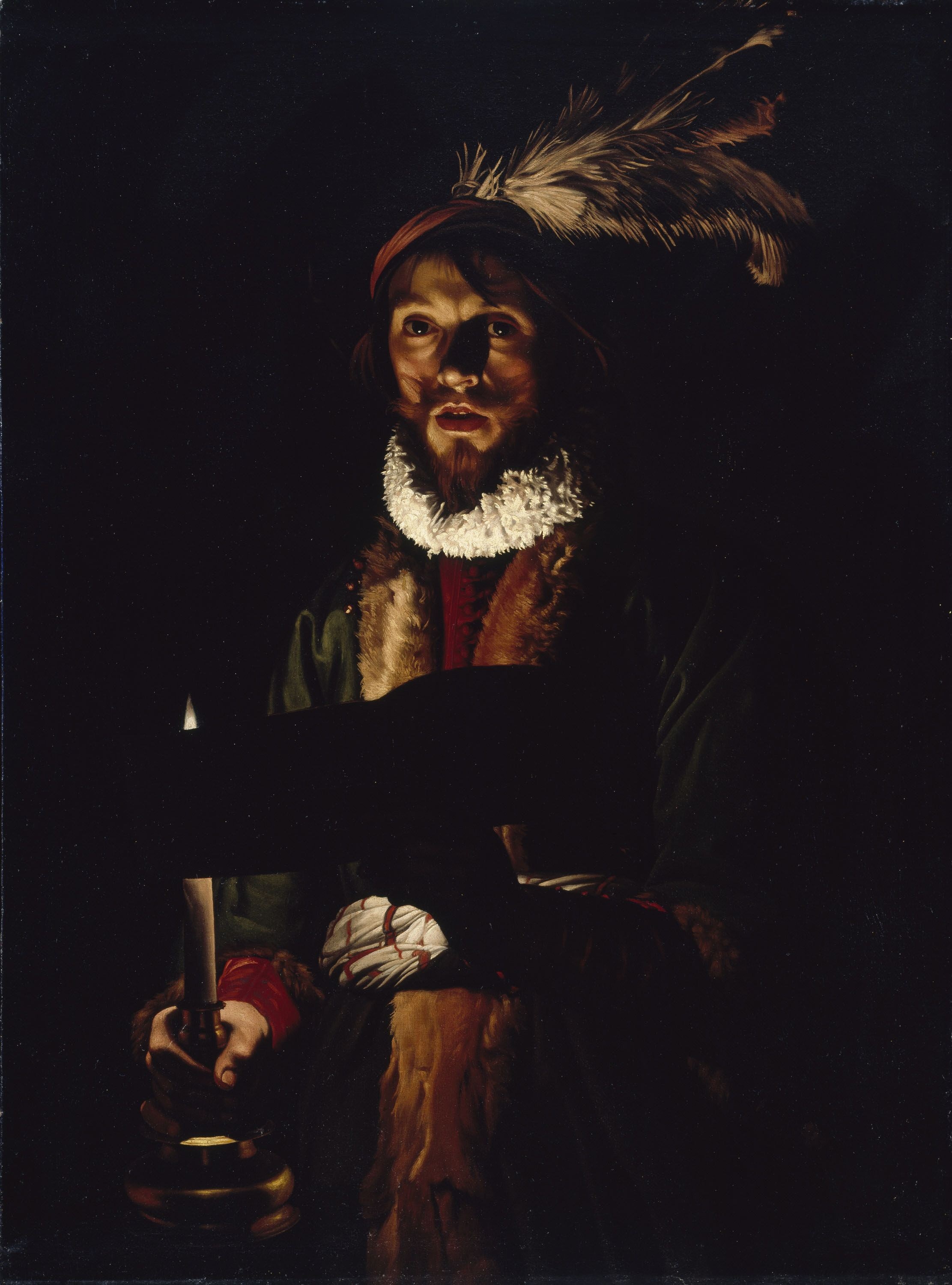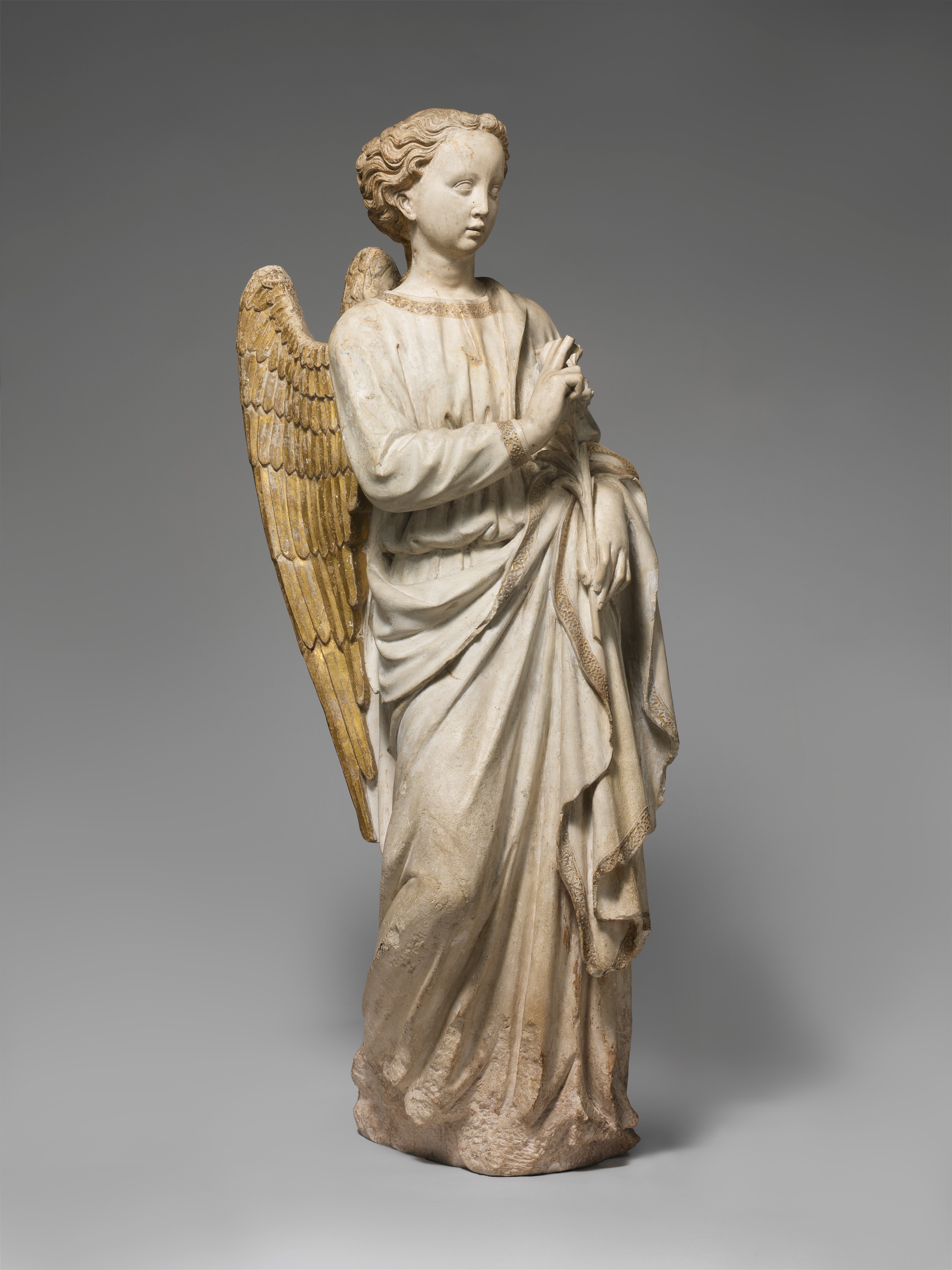|
Jacob’s Dream
''Jacob's Dream'' () is a 1639 oil-on-canvas painting by the Spanish Tenebrist painter José de Ribera (''Lo Spagnoletto''). Description It measures and is in the Museo del Prado in Madrid. Analysis Jacob appears as a shepherd sleeping, resting on his left shoulder with a tree behind him. In the background on the other side is the ladder that he sees in his dream. It is not a wooden ladder but a ladder of light, by which angel An angel is a spiritual (without a physical body), heavenly, or supernatural being, usually humanoid with bird-like wings, often depicted as a messenger or intermediary between God (the transcendent) and humanity (the profane) in variou ...s are ascending and descending. References External linksEl sueño de Jacob El Prado''Jusepe de Ribera, 1591-1652 '' Issued in connection with an exhibition held Sept. 18-Nov. 29, 1992, Metropolitan Museum of Art, New York (see pages: 135–137). Paintings by Jusepe de Ribera Angels in art P ... [...More Info...] [...Related Items...] OR: [Wikipedia] [Google] [Baidu] |
Jusepe De Ribera
Jusepe de Ribera (; baptised 17 February 1591 – 3 November 1652) was a Spanish painter and Printmaking, printmaker. Ribera, Francisco de Zurbarán, Bartolomé Esteban Murillo, and the singular Diego Velázquez, are regarded as the major artists of Spanish Baroque painting. Referring to a series of Ribera exhibitions held in the late 20th century, Philippe de Montebello wrote "If Ribera's status as the undisputed protagonist of Neapolitan painting had ever been in doubt, it was no longer. Indeed, to many it seemed that Ribera emerged from these exhibitions as not simply the greatest Naples, Neapolitan artist of his age but one of the outstanding European masters of the seventeenth century."Pérez-Sánchez, Alfonso E., and Nicola Spinosa. 1992. Jusepe de Ribera 1519–1652'. The Metropolitan Museum of Art/Harry N. Abrams, Inc. New York. 290 pp, Jusepe de Ribera has also been referred to as José de Ribera (usual in Spanish and French), Josep de Ribera (in Catalan), and was called ... [...More Info...] [...Related Items...] OR: [Wikipedia] [Google] [Baidu] |
Oil Painting
Oil painting is a painting method involving the procedure of painting with pigments combined with a drying oil as the Binder (material), binder. It has been the most common technique for artistic painting on canvas, wood panel, or oil on copper, copper for several centuries. The advantages of oil for painting images include "greater flexibility, richer and denser color, the use of layers, and a wider range from light to dark". The oldest known oil paintings were created by Buddhism, Buddhist artists in Afghanistan, and date back to the 7th century AD. Oil paint was later developed by Europeans for painting statues and woodwork from at least the 12th century, but its common use for painted images began with Early Netherlandish painting in Northern Europe, and by the height of the Renaissance, oil painting techniques had almost completely replaced the use of egg tempera paints for panel paintings in most of Europe, though not for Orthodox icons or wall paintings, where tempera a ... [...More Info...] [...Related Items...] OR: [Wikipedia] [Google] [Baidu] |
Madrid
Madrid ( ; ) is the capital and List of largest cities in Spain, most populous municipality of Spain. It has almost 3.5 million inhabitants and a Madrid metropolitan area, metropolitan area population of approximately 7 million. It is the Largest cities of the European Union by population within city limits, second-largest city in the European Union (EU), and its wikt:monocentric, monocentric Madrid metropolitan area, metropolitan area is the List of metropolitan areas in Europe by population, second-largest in the EU.United Nations Department of Economic and Social AffairWorld Urbanization Prospects (2007 revision), (United Nations, 2008), Table A.12. Data for 2007. The municipality covers geographical area. Madrid lies on the Manzanares (river), River Manzanares in the central part of the Iberian Peninsula at about above mean sea level. The capital city of both Spain and the surrounding Community of Madrid, autonomous community of Madrid (since 1983), it is also th ... [...More Info...] [...Related Items...] OR: [Wikipedia] [Google] [Baidu] |
Museo Del Prado
The Museo del Prado ( ; ), officially known as Museo Nacional del Prado, is the main Spanish national art museum, located in central Madrid. It houses collections of Art of Europe, European art, dating from the 12th century to the early 20th century, based on the former Spanish royal collection, and the single best collection of Spanish art. Founded as a museum of paintings and sculpture in 1819, it also contains important collections of other types of works. The numerous works by Francisco Goya, the single most extensively represented artist, as well as by Hieronymus Bosch, El Greco, Peter Paul Rubens, Titian, and Diego Velázquez, are some of the highlights of the collection. Velázquez and his keen eye and sensibility were also responsible for bringing much of the museum's fine collection of Italian masters to Spain, now one of the largest outside of Italy. The collection currently comprises around 8,200 drawings, 7,600 paintings, 4,800 prints, and 1,000 sculptures, in additi ... [...More Info...] [...Related Items...] OR: [Wikipedia] [Google] [Baidu] |
Tenebrist
Tenebrism, from Italian ('dark, gloomy, mysterious'), also occasionally called dramatic illumination, is a style of painting using especially pronounced chiaroscuro, where there are violent contrasts of light and dark, and where darkness becomes a dominating feature of the image. The technique was developed to add drama to an image through a spotlight effect, and is common in Baroque paintings. Tenebrism is used only to obtain a dramatic impact while chiaroscuro is a broader term, also covering the use of less extreme contrasts of light to enhance the illusion of three-dimensionality. Baroque The artist Caravaggio is generally credited with the invention of the style, although this technique was also used by earlier artists such as Albrecht Dürer in his several self portraits; by Tintoretto in his dramatic religious paintings, such as The Miracle of St Mark; by El Greco, who painted three versions of a composition with a boy, a man, and a monkey grouped in darkness around ... [...More Info...] [...Related Items...] OR: [Wikipedia] [Google] [Baidu] |
José De Ribera
Jusepe de Ribera (; baptised 17 February 1591 – 3 November 1652) was a Spanish painter and printmaker. Ribera, Francisco de Zurbarán, Bartolomé Esteban Murillo, and the singular Diego Velázquez, are regarded as the major artists of Spanish Baroque painting. Referring to a series of Ribera exhibitions held in the late 20th century, Philippe de Montebello wrote "If Ribera's status as the undisputed protagonist of Neapolitan painting had ever been in doubt, it was no longer. Indeed, to many it seemed that Ribera emerged from these exhibitions as not simply the greatest Neapolitan artist of his age but one of the outstanding European masters of the seventeenth century."Pérez-Sánchez, Alfonso E., and Nicola Spinosa. 1992. Jusepe de Ribera 1519–1652'. The Metropolitan Museum of Art/Harry N. Abrams, Inc. New York. 290 pp, Jusepe de Ribera has also been referred to as José de Ribera (usual in Spanish and French), Josep de Ribera (in Catalan), and was called Lo Spagnoletto ... [...More Info...] [...Related Items...] OR: [Wikipedia] [Google] [Baidu] |
Jacob
Jacob, later known as Israel, is a Hebrew patriarch of the Abrahamic religions. He first appears in the Torah, where he is described in the Book of Genesis as a son of Isaac and Rebecca. Accordingly, alongside his older fraternal twin brother Esau, Jacob's paternal grandparents are Abraham and Sarah and his maternal grandfather is Bethuel, whose wife is not mentioned. He is said to have bought Esau's birthright and, with his mother's help, deceived his aging father to bless him instead of Esau. Then, following a severe drought in his homeland Canaan, Jacob and his descendants migrated to neighbouring Egypt through the efforts of his son Joseph, who had become a confidant of the pharaoh. After dying in Egypt at the age of 147, he is supposed to have been buried in the Cave of Machpelah in Hebron. Per the Hebrew Bible, Jacob's progeny were beget by four women: his wives (and maternal cousins) Leah and Rachel; and his concubines Bilhah and Zilpah. His sons were, in orde ... [...More Info...] [...Related Items...] OR: [Wikipedia] [Google] [Baidu] |
Jacob's Ladder
Jacob's Ladder () is a ladder or staircase leading to Heaven that was featured in a dream the Biblical Patriarch Jacob had during his flight from his brother Esau in the Book of Genesis (chapter 28). The significance of the dream has been debated, but most interpretations agree that it identified Jacob with the obligations and inheritance of the people chosen by God, as understood in Abrahamic religions. Biblical narrative The description of Jacob's Ladder appears in Genesis 28:10–19: Judaism The classic Torah commentaries offer several interpretations of Jacob's Ladder. In '' Pirkei De-Rabbi Eliezer'' 35:6-10, the ladder signified the four exiles the Jewish people would suffer before the coming of the messiah. First, the angel representing the Neo-Babylonian Empire climbed "up" 70 rungs and then fell "down": a reference to the 70-year Babylonian exile. Then, the angel representing the exile of the Achaemenid Empire went up several steps and fell, as did the ange ... [...More Info...] [...Related Items...] OR: [Wikipedia] [Google] [Baidu] |
Angel
An angel is a spiritual (without a physical body), heavenly, or supernatural being, usually humanoid with bird-like wings, often depicted as a messenger or intermediary between God (the transcendent) and humanity (the profane) in various traditions like the Abrahamic religions. Other roles include protectors and guides for humans, such as guardian angels and servants of God. In Western belief-systems the term is often used to distinguish benevolent from malevolent intermediary beings. Emphasizing the distance between God and mankind, revelation-based belief-systems require angels to bridge the gap between the earthly and the transcendent realm. Angels play a lesser role in monistic belief-systems, since the gap is non-existent. However, angelic beings might be conceived as aid to achieve a proper relationship with the divine. Abrahamic religions describe angelic hierarchies, which vary by religion and sect. Some angels have specific names (such as Gabriel or Mich ... [...More Info...] [...Related Items...] OR: [Wikipedia] [Google] [Baidu] |
Paintings By Jusepe De Ribera
Painting is a visual art, which is characterized by the practice of applying paint, pigment, color or other medium to a solid surface (called "matrix" or "support"). The medium is commonly applied to the base with a brush. Other implements, such as palette knives, sponges, airbrushes, the artist's fingers, or even a dripping technique that uses gravity may be used. One who produces paintings is called a painter. In art, the term "painting" describes both the act and the result of the action (the final work is called "a painting"). The support for paintings includes such surfaces as walls, paper, canvas, wood, glass, lacquer, pottery, leaf, copper and concrete, and the painting may incorporate other materials, in single or multiple form, including sand, clay, paper, cardboard, newspaper, plaster, gold leaf, and even entire objects. Painting is an important form of visual art, bringing in elements such as drawing, composition, gesture, narration, and abstraction. Paintings can ... [...More Info...] [...Related Items...] OR: [Wikipedia] [Google] [Baidu] |







